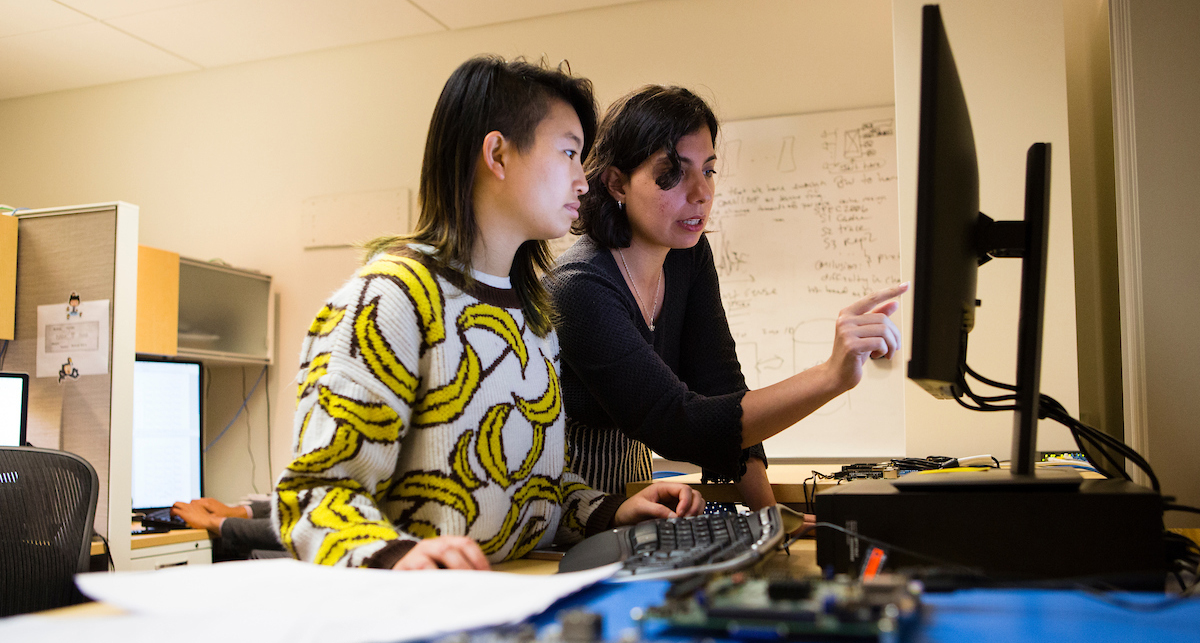COURSE DESIGN

Designing a course involves carefully considering the learning outcomes you want your students to have—the big takeaways they will remember several years from now—and then designing the course backwards (yes, backwards!) and from the ground up. As you design a course you’ll build in student activities and teaching practices which, when combined, create a learning context and bring students through effective learning experiences. As you approach the design of your course you’ll consider what you believe about teaching—your core philosophies—and you’ll learn which practices you’re comfortable with. This introspective aspect of the design process allows you to adapt the course to who you are as a teacher, and to your students as learners.
These resources can help you apply a range of useful course design principles and practices—
